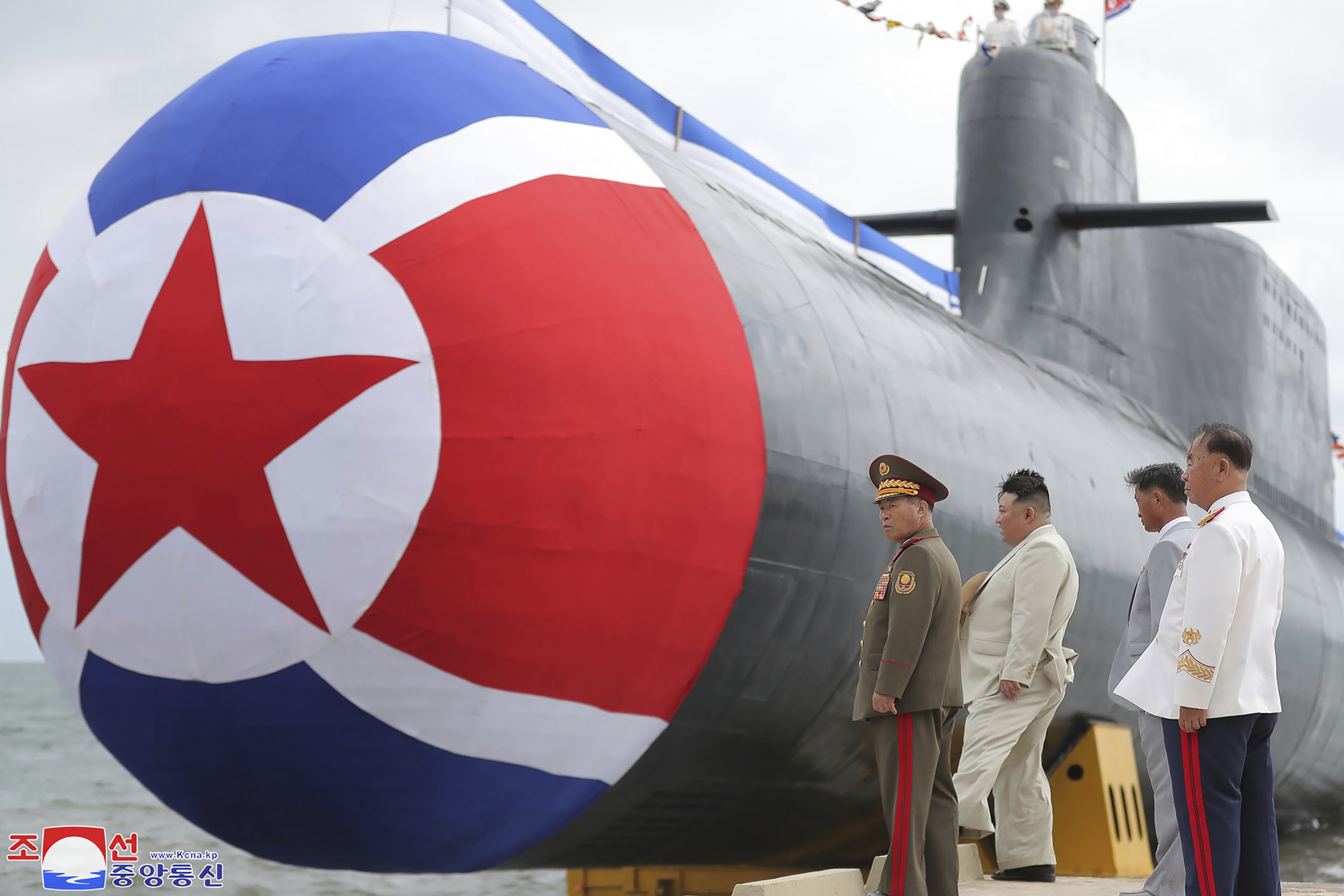Recent reports from South Korean media indicate that North Korea may be embarking on the construction of a nuclear-powered submarine. This development follows an inspection of the submarine project by Kim Jong Un back in January.
The Defense Intelligence Agency of South Korea has identified “partial signs” of construction beginning, although they caution that more verification is required to confirm the submarine’s use of nuclear propulsion at this early stage.
As detailed in South Korea’s defense white paper, North Korea currently operates around 70 submarines of various types, all of which are conventionally powered. Notably, they unveiled a nuclear attack submarine last September, which is capable of launching nuclear attacks.

Nuclear-powered submarines have the advantage of extended operational periods without the need for refueling, limited primarily by food supplies and maintenance. The U.S. pioneered this technology in 1954 with the launch of the first atomic energy submarine.
Currently, the only countries in the vicinity of the Korean Peninsula operating nuclear submarines are the U.S., Russia, and China. In contrast, South Korea and Japan only maintain conventionally powered vessels.
An official from the South Korean military has noted that North Korea’s submarine construction appears larger than its existing vessels, suggesting the potential for nuclear propulsion.
In January 2021, during a party congress, Kim Jong Un announced the development of a nuclear-powered submarine and pledged to strengthen North Korea’s arsenal.
This news coincides with recent talks between the U.S. and South Korean navies aimed at enhancing their collaborative responses to North Korea’s capabilities, as the North is reported to have about 50 nuclear warheads.
Additionally, the U.S. Navy recently deployed at least two nuclear-powered attack submarines to the region as a show of strength. The USS Vermont visited South Korea on September 23, while the USS Seawolf reached Japan on October 4.
Kim Yo Jong, Kim Jong Un’s sister, responded to the Vermont‘s visit by accusing the U.S. of exacerbating tensions and posing a nuclear threat to North Korea.
